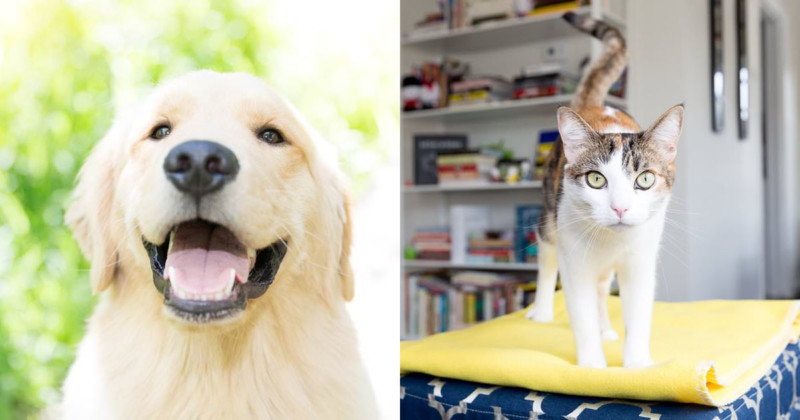
In order to make your snapshots stand out above the rest by making them look professional, incorporating several creative elements can do just that. I am often asked by pet owners how to get the best shots of their furry companions with a basic camera.
If you are a doting pet owner, more than likely it is important to you to have meaningful images to share with your loved ones online, to have perfectly framed images within your home or at your workplace, and to even share with others on holiday cards and a variety of items to display your image.
This is the ultimate guide of tips for you to get the best photos of your pet, even if you find it challenging at times to get your pet to “pose.”
Tip #1. Timing is Everything
When you are ready to photograph your furry loved one, keep his personality in mind. Knowing what makes your dog unique compared to other animals will allow you to focus on his true personality, and thus will capture his natural spirit within each image.
Tip #2. Environment is Essential
Another tip for getting the best images of your pet is to keep him at ease. Photographing him in his comfort zone will allow you to capture a wide range of shots without the obstacles that come with a nervous and anxious cat or dog. Find a place where you know your pet loves, and where you have made memories together.
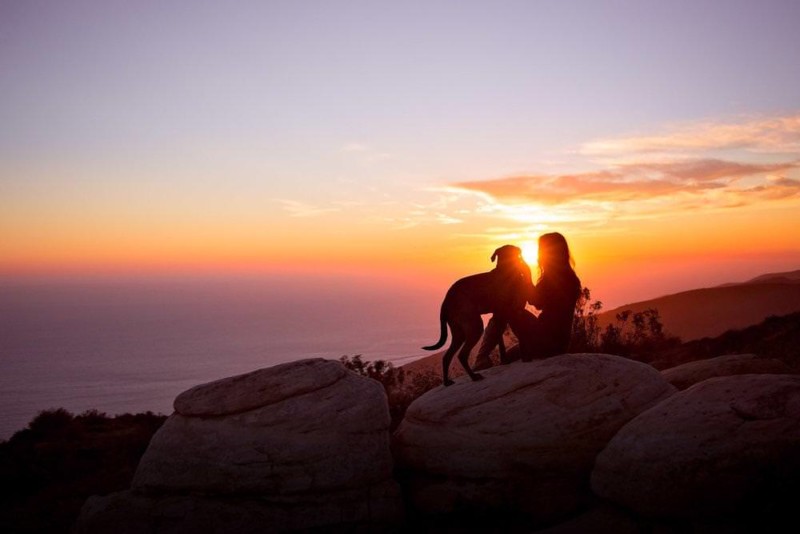
Tip #3. Lighting
In terms of the best lighting to acquire excellent images, overcast days are ideal for photographing your pet outdoors. Overcast lighting is consistent and even, creates perfect soft shadows, and allows dogs or cats with darker coats to look their best. Rather than taking pictures in bright sunlight which creates a harsh shadowy effect, you can also opt to venture outdoors in the early morning or late evening hours to take advantage of the warm glow. Also, steer clear of using a flash, as it may frighten your pet and also result in that annoying red-eye.
Pro Tip: If you must use a flash (in cases where you have no natural light), try to use an off-camera flash or swivel the beam of light upward so it doesn’t go right to the face (and, more specifically, the eyes!). Also, a piece of wax paper when placed in front of the flash will diffuse the bright light. You may need to practice several times to achieve the right result.
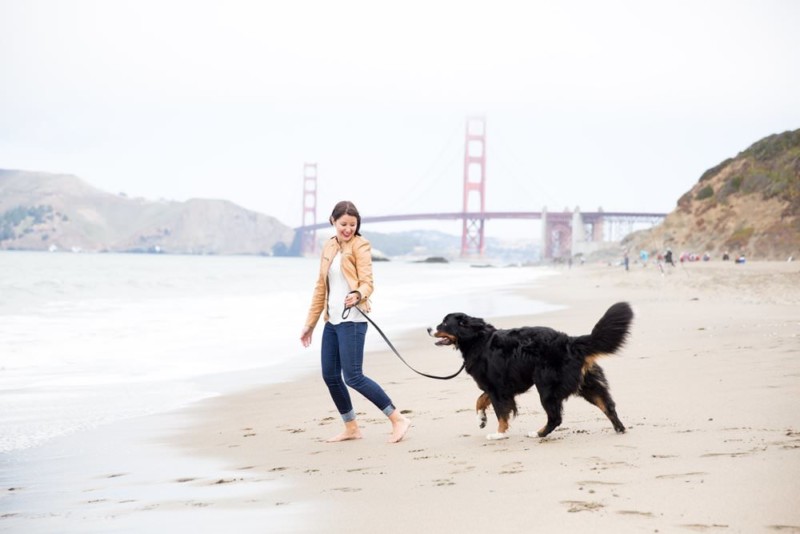
Tip #4. Familiarize Your Dog or Cat with the Camera
Let your pet experience the sounds and flash of your camera by allowing him to listen to them before you begin your photo shoot. Walk your dog around for a bit and take various pictures of the surroundings to get him used to the unfamiliar sounds and such. Also, let him give it a good sniff! Once you begin taking pictures of him, reward him with a small treat between shots and praise him for a job well done.
Tip #5. Be Aware of Your Surroundings
Backgrounds should be simple and minimalist; you will definitely want the attention on the pet. Less distracting backgrounds may include a nice and open patch of green and lush grass for outdoors, and for indoor shots a room that is well-lit with white walls along with neutral carpet or a rug is ideal. Of course, you will want to avoid seeing any people or an unclean and cluttered background for optimum appeal. If you are unable to find a clean background, simply blur the background with an open aperture.
Pro Tip: Taking close-up photos with an evenly blurred background makes the photos look professional. Simply choose the aperture priority mode on your camera and set it, and then set the lens to the widest aperture. For a good lens that will be f/2.8, or for a really fast prime it might be as low as f/1.4; on a kit lens, it will be f/3.5 usually. The numbers will vary depending on the camera. Get close to the dog, and keep them a few feet away from the actual background. The further he is away from the background, the blurrier the background will be, and vice versa. For a more focused face, close the aperture a couple of f stops or zoom out a little bit.
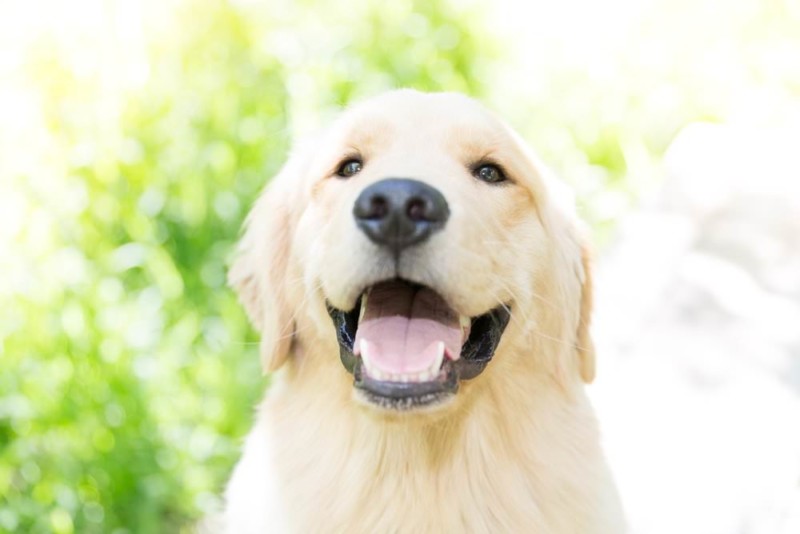
Tip #6. Become Eye-Level with Your Pet
Stooping down so you can look at your pet in the eye will yield better results. When images are taken from you looking down on your pet, you will have shots that are too distant and will not look as if you focused on your subject. When you are on their level, your pictures will be from the dog’s perspective rather than a “human perspective” and will be much more appealing to the viewer.
Pro Tip: Knee pads are a great solution to prevent any soreness that can occur!
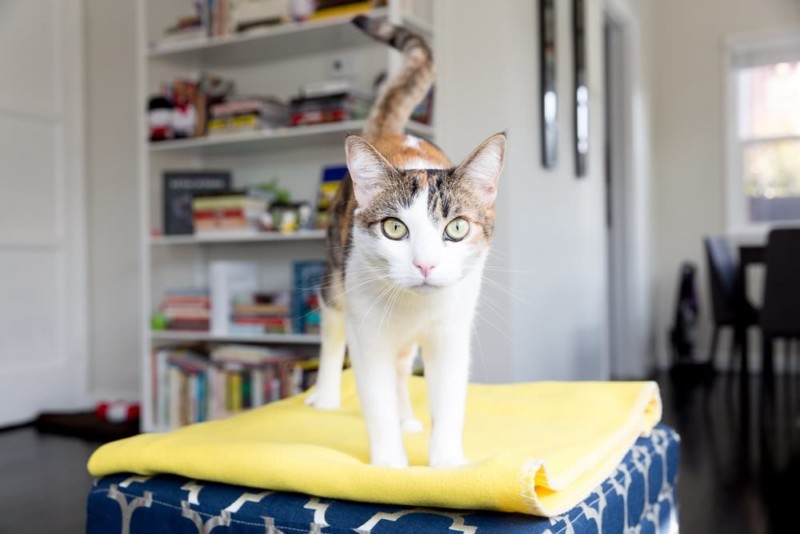
Tip #7. Now, Get Closer
Pets love getting attention and being played with, and this includes during a picture-taking session. While it is perfectly fine to allow everyone to see the whole dog in pictures, people enjoy seeing up close shots from a variety of angles. Different angles and super-close photos enhance the small details of your pet that otherwise people wouldn’t really notice, such as those cute freckles around his whiskers, his wet and shiny nose, and those pink pads on his paws.
If your pet moves around a little too much, or if you are having a challenge getting up close while photographing him, invest in a zoom lens. A zoom lens will give the look and feel of you being close with the dog, and will still allow you to reveal his true personality and delicate features.
The added benefit of a long focal length is that it will help with isolating your pet in terms of depth of field (ie give you a nice blurry background so that your pet is center of attention with no distractions).
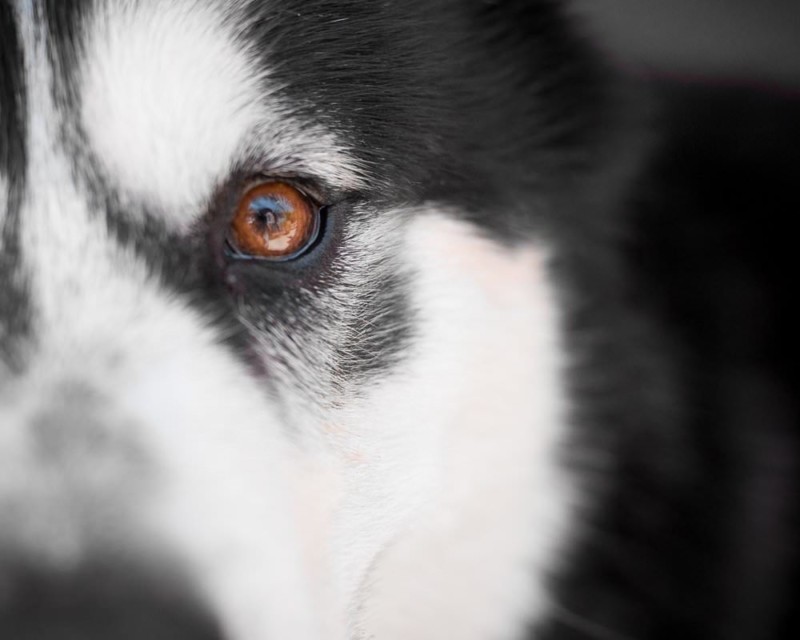
Tip #8. Attention-Getters
Treats, toys, squeakers, and noisemakers will allow you to receive and keep your dog’s attention. Keep them close to the lens and move them around the lens area to keep his eye on you, and don’t feel shy about making a variety of barking sounds and noises to keep him focused. Play along with them and keep them happy and you will keep their attention for a longer span of time.
Pro Tip: Use small treats so you don’t overfeed him.
Tip #9. Freezing the Action
Great action shots can be amazing with a fast shutter speed. Many of the digital cameras on the market today will easily allow you to take pictures in full manual mode, which gives you a nice blend of shutter and aperture. You can also work in shutter priority mode, which allows you to choose the shutter speed while the camera adjusts to give you an ideal aperture. Sports mode is another alternative for freezing the action; it works by automatically selecting the fastest shutter speed in each situation.
Making sure you and your camera are always ready to be one step ahead of the actions your pet will perform will give you the most accurate shots, and you may even wish to use the burst mode for many sequential and rapid shots.
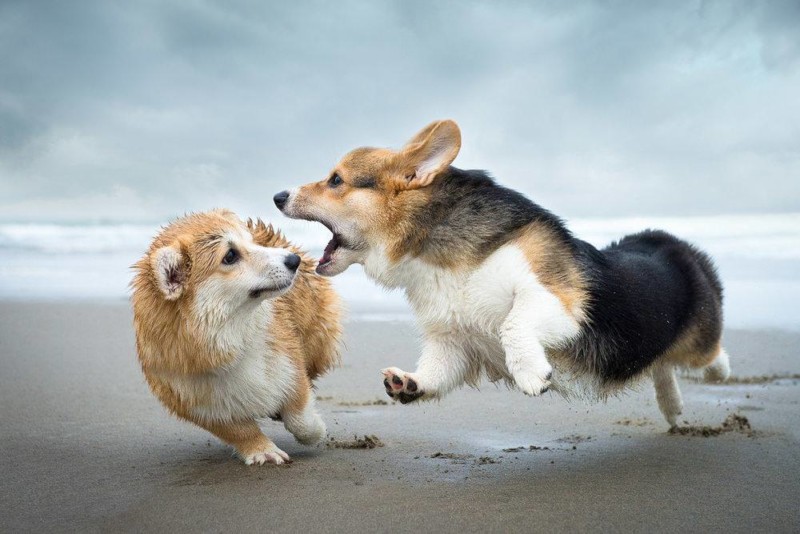
Tip #10. Take Many Pictures, and Reward Them for It
Don’t think you are taking too many pictures, as this can never be done! Remember the extra battery and just have fun. The more shots you take, the greater chances of you acquiring the perfect shots of your fur baby. Reward him for a job well done in front of the camera, too! Lots of praise and small treats can really go along way, and can also strengthen the bond between the two of you.
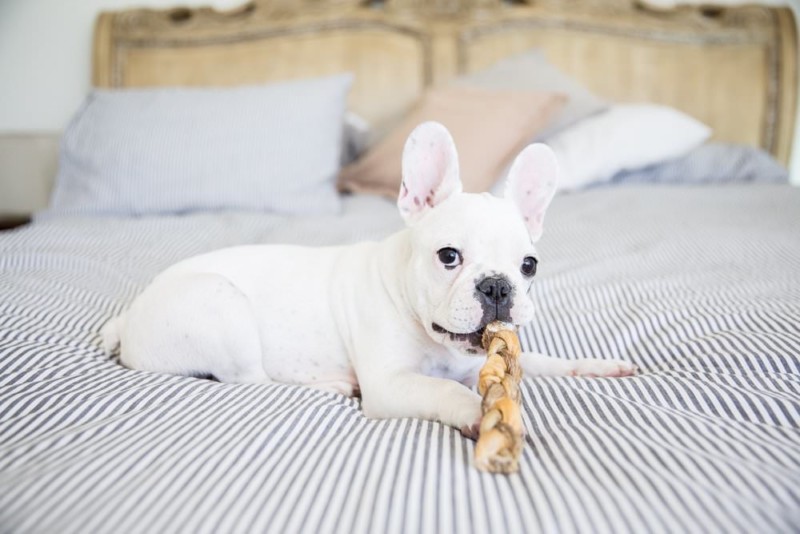
Tip #11. Patience and Confidence
Remember to take time to stop and breathe, especially during those times where your pet is super active. Patience is essential when photographing your pet and there will be times where you just need to wait on him to become settled for still shots or wait on him to get more “excited” or active for action images. Have confidence in yourself and know that allowing your pet to “be himself” during your photoshoot will reveal the most personality.
Photographing your pet does not have to be a challenge and can yield professional-looking results with these tips. With practice, you will be able to achieve gorgeous pet photos in your own home or environment of your liking. The most important thing about taking many lovely pictures of your cat or dog is the memories that are made, not only in the actual photographs but in the time you both spend together. Relax and have fun, and enjoy the productive and bonding experience together!
About the author: Alicia Rius is an animal portrait and lifestyle photographer based on the West Coast and specializing in dogs, cats and horses. The opinions expressed in this article are solely those of the author. You can find more of her work on her website, Facebook, and Instagram.